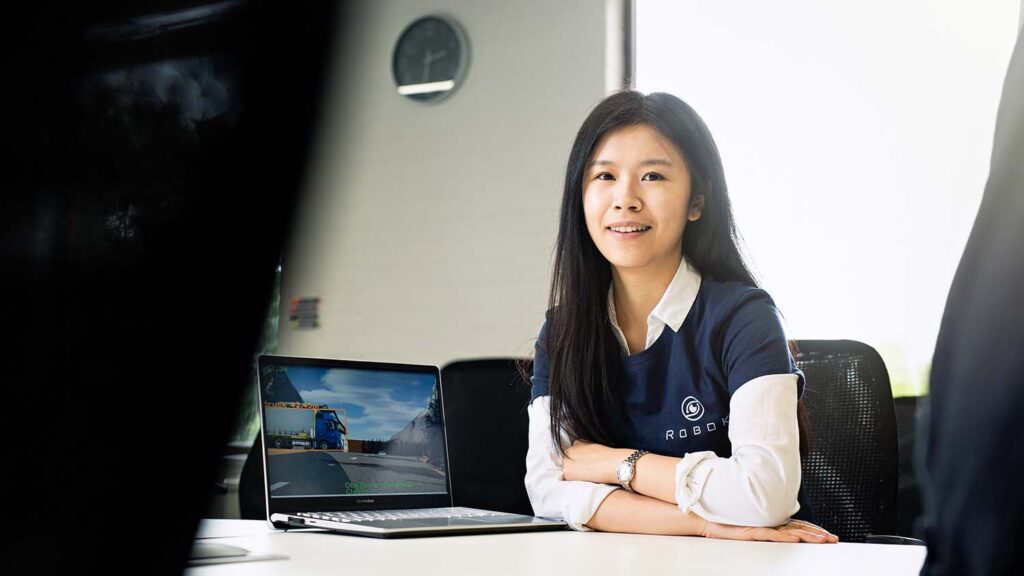RoboK has spoken about how its 3D sensing and perception software is able to support the development and testing of advanced driver features.
These range from collision avoidance and automatic lane-keeping through to fully automated driving, and require miles of road test driving and testing to ensure their safety.
The cost and complexity of developing next-generation advanced driver assistance systems (ADAS) means they are often unavailable on lower-cost vehicles.
To make these safety systems more affordable, RoboK, a VC-backed, University of Cambridge spinout, is collaborating with Siemens Digital Industries Software to create a virtual environment for developing, testing and validating advanced driving systems.
Using new techniques in computer vision and deep-learning to build optimised 3D sensing and perception software solutions for low-power computing platforms, its goal is to enable cars to ‘see’ and ‘understand’ the implications of changes to their environment.
“Although simulation provides a resource-efficient alternative it can be time-consuming,” said RoboK CEO Hao Zheng.
“To accurately and realistically simulate all elements in the entire system it can take many hours to run and process even a single driving scenario.
“With the proprietary software developed by our team, which can run on general-purpose and low-power computing platforms, we can shorten the processing time from hours to seconds, drastically improving the efficiency of system-level validation and testing.”
Has continues that the computation time has been reduced through a new method for fusing raw data directly from sensors, such as cameras, radars, GPS and IMU, as well as for performing depth estimation to gain 3D information, all running on low-power computing platforms.
“This significantly reduces the memory and computing requirement. When this is combined with our novel and highly optimised AI-based perception modules, intelligent insights can be gained rapidly and efficiently, which is vital for fast decision-making.”
The company has a number of industry partners and has been selected by Siemens Digital Industries Software to create a closed-loop simulation that is capable of testing an entire vehicle with an unlimited number of complex driving simulations.
To demonstrate the capabilities of the system, which is built upon PAVE360, a pre-silicon autonomous validation environment, RoboK’s 3D perception module has been used to develop a digital twin demonstration of an autonomous emergency braking system.
David Fritz, senior director for autonomous and ADAS at Siemens Digital Industries Software, has been working closely with RoboK on the project.
Fritz commented: “RoboK’s novel 3D perception algorithms perform sensor fusion, enabling the virtual vehicle to ‘see’ its environment. The algorithms can process data in real-time on the virtual platform.
“With this validation platform, AV and ADAS designers can make sure that every software or hardware design iteration can be tested and validated virtually, quickly, and, most importantly, before any hardware is produced.”
RoboK’s perception module looks to bring speed and efficiency to the virtual platform, enabling developers of advanced driving functions to test and update software and hardware designs for planning and action modules.
By reducing the time, cost and power-requirement these solutions will then be more accessible for mass-market vehicles.






